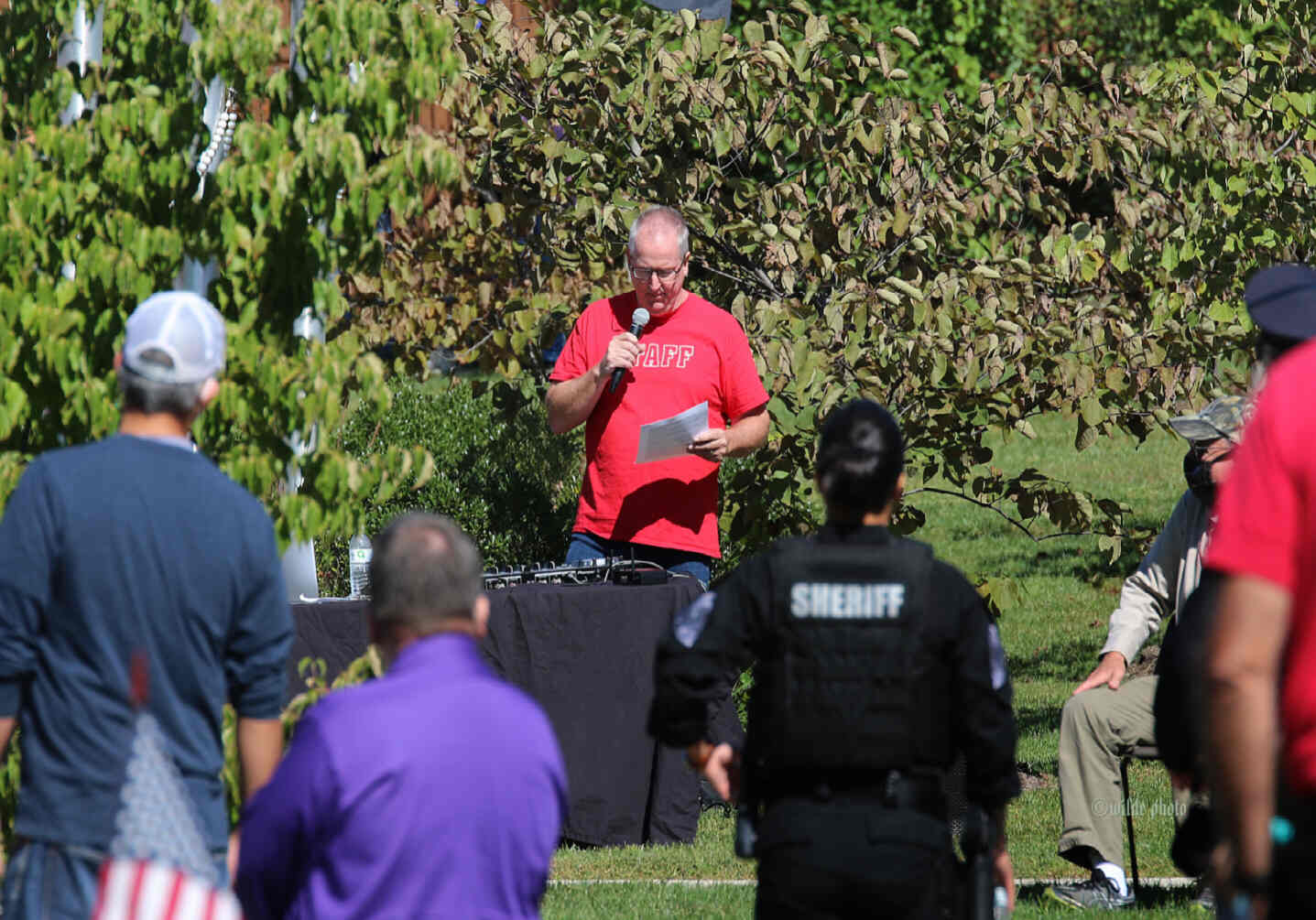
In December of 1941 the U.S. had been thrust into World War II with the Japanese attack at Pearl Harbor. After ten months in the war the U.S. was not doing very well. The public was getting worried, did we have what it takes to defeat evil enemies who would stop at nothing in their quest for global domination.
In October of 1942 it was time for the U.S. to begin to fight back. The stage was set at Guadalcanal - an island in the Pacific where we held a strategically located airstrip known as Henderson Field. Our fanatical enemy, the Japanese, were determined to capture that airstrip. It was a dark night in the jungle October 24th 1942. Through surveillance the Marines knew that the enemy was planning to attack. The Marines dug in and waited, they were outnumbered. Basilone was in charge of two machine gun positions. At dark the Japanese began their fanatical attack and charged confidently assuming that they could overrun the U.S gun positions. For up to that point the Japanese army was undefeated.
But this battle would be different. Basilone and the Marines held firm and bravely - despite taking many casualties – and fought off the enemy charge. Basilone worked the machine gun to perfection - mowing down the enemy. When one of the machine guns in his unit was damaged, Basilone, in the dark of night, was able to repair it by just feeling the parts.
Later in the night when ammunition had run critically low, he bravely ran back under enemy fire to the ammunition supply dump. There he threw several cartridge belts over his shoulder and brought them back to his men. Throughout the remainder of the night Basilone and his few remaining men held off the enemy. At day break thirty-eight dead enemy soldiers were found around his gun position. The Japanese attack had been held off. The battles at Guadalcanal have been recognized as the turning point in the war.
For his actions that night John Basilone was awarded the Congressional Medal of Honor. His citation appears in bronze letters on the base of the statue here. He was sent home for a bond tour. But first, in September of 1943 a welcome home parade for him was held right here on the same road that our motorcade traveled on today. 30,000 people attended that parade. After that John Basilone was told that he had done enough fighting and that he could remain stateside for the rest of the war. But Basilone, a Marine’s Marine as he has been called, said no. If there was war, he wanted to fight, he did not want to sit at a desk or promote war bonds. Eventually he was granted his wish and was sent back into the fight. At the battle at Iwo Jima he would land with the Marines on day one, first hour. At the start of this battle the U.S. forces were stalled under intense enemy fire. Basilone helped organize men and take out an enemy blockhouse that was inflicting tremendous damaged on the U.S. troops.
But soon after that, John Basilone was killed. For his heroics that day he was awarded the Navy Cross. That citation can also be viewed right here on the tin plaque next to the statue.
We honor those that have died to preserve our freedoms. Today we should value those freedoms more than ever. As some of those freedoms such as the freedom of speech and the right to bear arms are coming under attack in ways that we could not have imagined just six months ago. So, let us commemorate our fallen heroes such as John Basilone and the other brave men, Many whose names appear on this plaque and other plaques in the towns across this great nation.